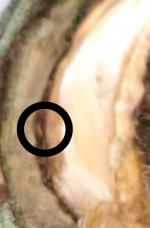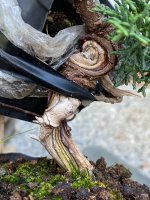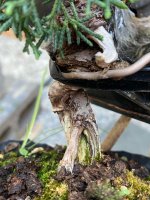Shibui
Imperial Masterpiece
Mixed up some Lime sulphur to treat deadwood that's starting to go green.
When I got to these little Junipers I realized it's been a few years since I worked on the shari so, with some time not fully allocated today I worked a couple of these.
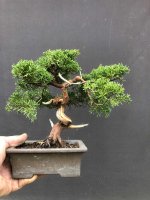
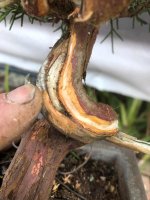
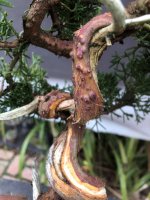
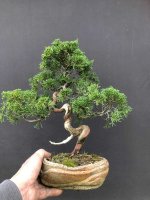
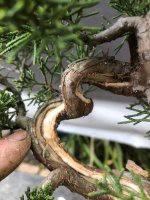
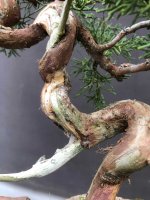
This one still needs plenty of wiring and shaping but is coming along OK
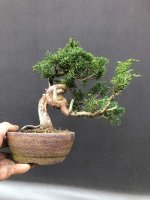
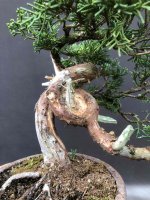
These did not need any dead wood work but the I cleaned the trunk in preparation for show season coming up. One, or both, might fill a spot in a shohin display at one of the Spring shows.
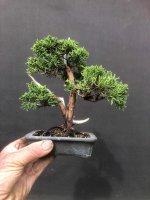
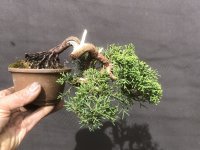
When I got to these little Junipers I realized it's been a few years since I worked on the shari so, with some time not fully allocated today I worked a couple of these.






This one still needs plenty of wiring and shaping but is coming along OK


These did not need any dead wood work but the I cleaned the trunk in preparation for show season coming up. One, or both, might fill a spot in a shohin display at one of the Spring shows.



